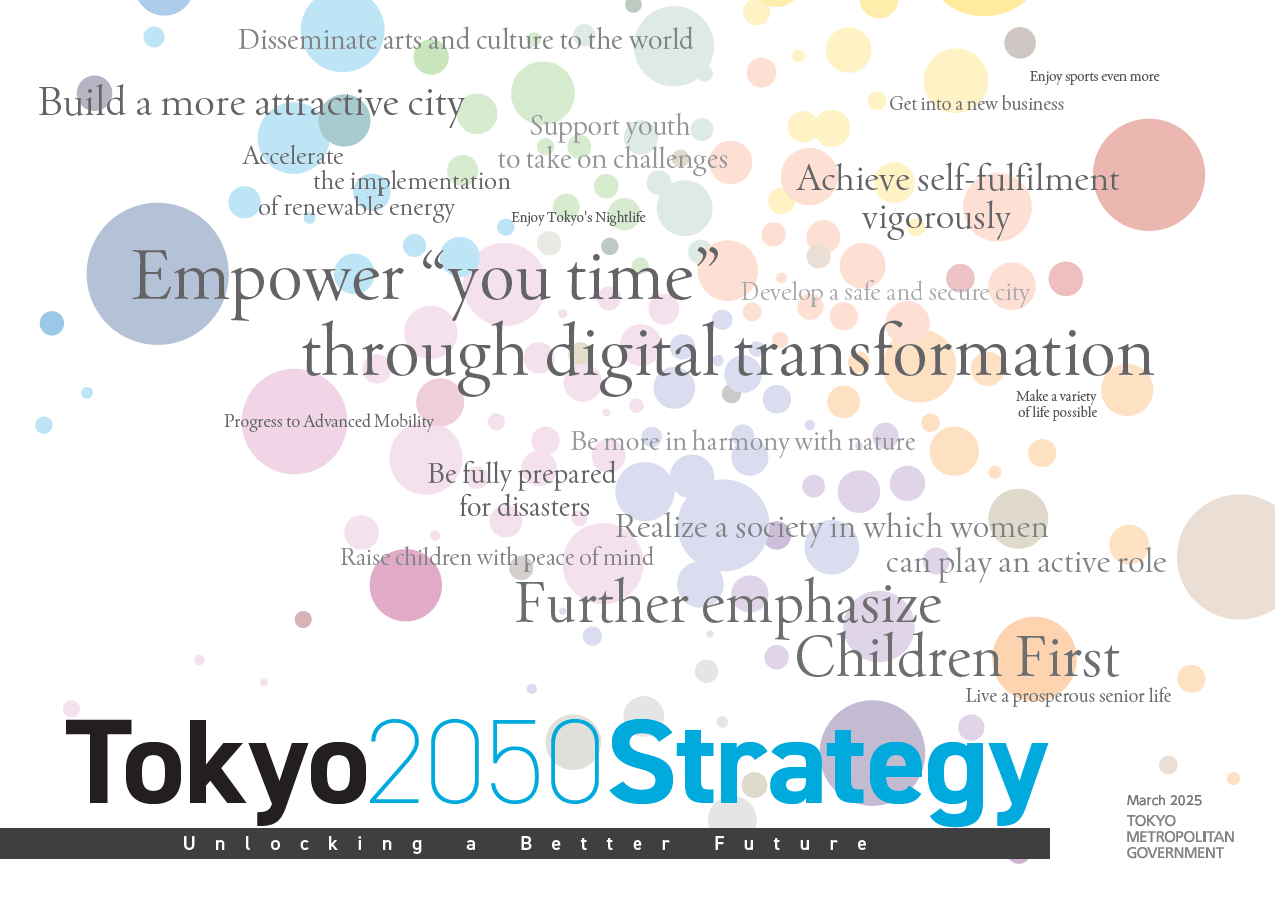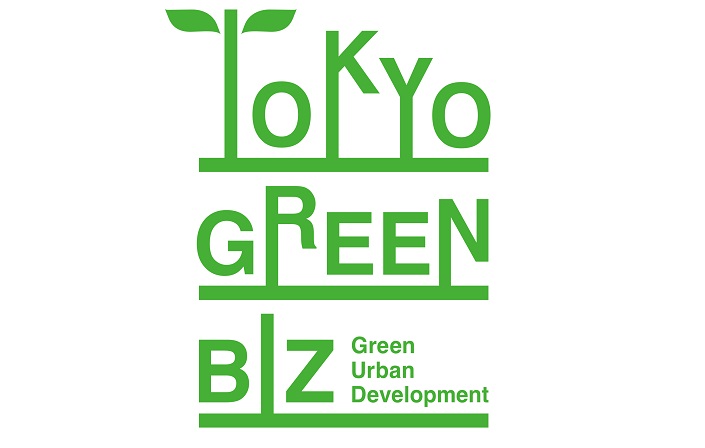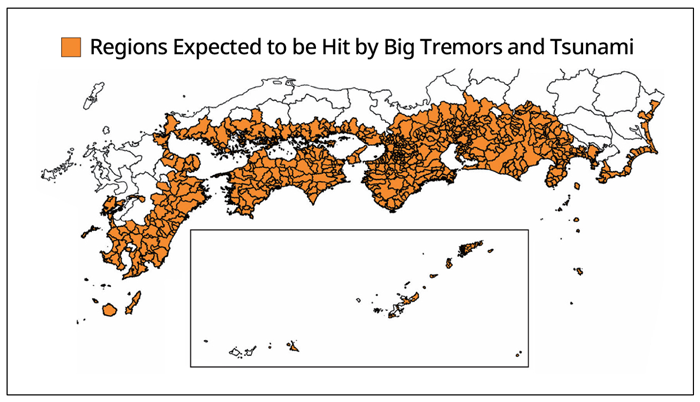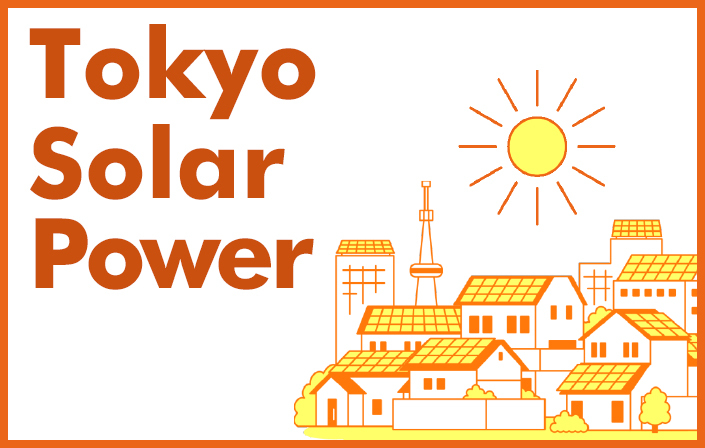Toward a Zero Emission Island: Renewable Energy on the Ogasawara Islands
Bathed in brilliant August sunshine, Hahajima Island—nestled far south in the Pacific Ocean—marked the beginning of a new chapter in renewable energy. A pioneering demonstration project made a solid start, aiming to power the island with solar energy for nearly half of each year. This forward-looking initiative marks a major step toward sustainable living in remote communities.
Tokyo’s Net-Zero Efforts Expand to Hahajima
To contribute to the global goal of achieving net-zero CO₂ emissions by 2050, the Tokyo Metropolitan Government has rolled out an initiative on Hahajima Island in Ogasawara Village to make renewable energy the island’s primary energy source. The initiative aims to power Hahajima with solar energy for about half of the year, which would significantly reduce reliance on diesel generators and strengthen the island’s resilience.
The initiative also seeks to establish a “Zero Emission Island” by expanding the use of renewable energy sources tailored to the region’s unique characteristics. This will promote the sustainable development of remote islands.
A Natural Treasure in the Pacific: The Ogasawara Islands
The Ogasawara Islands, including Chichijima and Hahajima islands, are a collection of subtropical islands located approximately 1,000 kilometers south of central Tokyo in the Pacific Ocean. The Tokyo-administered region boasts a rich natural environment where diverse marine life, including whales and dolphins, thrives alongside many endemic plant and animal species that have evolved uniquely in an oceanic setting. The area is particularly renowned for preserving rare examples of evolutionary processes in terrestrial mollusks and plants. In June 2011, the "Ogasawara Islands" were designated as a UNESCO World Natural Heritage Site.
Facility Design with Nature in Mind
Two solar power plants with a combined output of approximately 1.5 megawatts were installed on the island. They were built on Tokyo Metropolitan Government-owned land located outside the World Natural Heritage area. This location was carefully selected to protect the island’s precious natural environment and scenic landscapes.
Protecting Ecosystems While Advancing Clean Energy
Based on a tripartite agreement between the Tokyo Metropolitan Government, Ogasawara Village, and Tokyo Electric Power Grid Company, this project involves the deployment of solar panels, storage batteries, and next-generation power conditioners on Hahajima. The goal is to supply electricity exclusively through solar power generation. The three-year demonstration period began in August and ends in August 2028. The project aims to power the entire island, home to a population of 417 as of August 1, 2025, solely with solar energy for approximately half of each year.
Building Resilience for Remote Island Communities
This initiative is part of the Tokyo Metropolitan Government’s “Tokyo Strategy 2050,” and is a specific action under Strategy 20: “Zero Emissions.” The goal of this strategy is to make renewable energy the primary energy source.
The project will significantly enhance Hahajima’s resilience by providing the island with an independent power supply. The island previously relied on fuel shipments from outside sources.
The outcome of this demonstration project is expected to serve as a model for adopting renewable energy in other remote island regions.







Recommended for You
New Year Countdown 2026: Tokyo Dazzling With Light, Sound and Projection Mapping
December 26, 2025
Govenor Koike Calls for Innovation at FII PRIORITY Asia Summit 2025
December 1, 2025
Tokyo 2025 Deaflympics Paves the Path to an ‘Inclusive Society’
December 26, 2025
Engineering Safety from the Ground Up
December 5, 2025
Premium College (Part 1): Tokyo’s Path to a New Youth
December 5, 2025
Premium College (Part 2): Beyond the Classroom, Lifelong Learning
December 5, 2025
Tokyo’s Good Old Phone Booths Morphing Into Innovative Wi-Fi Hotspots Via OpenRoaming
December 26, 2025
Tokyo Marathon 2026 Related Event “TOKYO MARATHON 2026 RUNS: INTO KK”
December 24, 2025
Startup Aims to Launch a Space Economy
December 19, 2025
An Interview with Florence Chua: Preparing Tokyo for World-Class Business Events
December 11, 2025